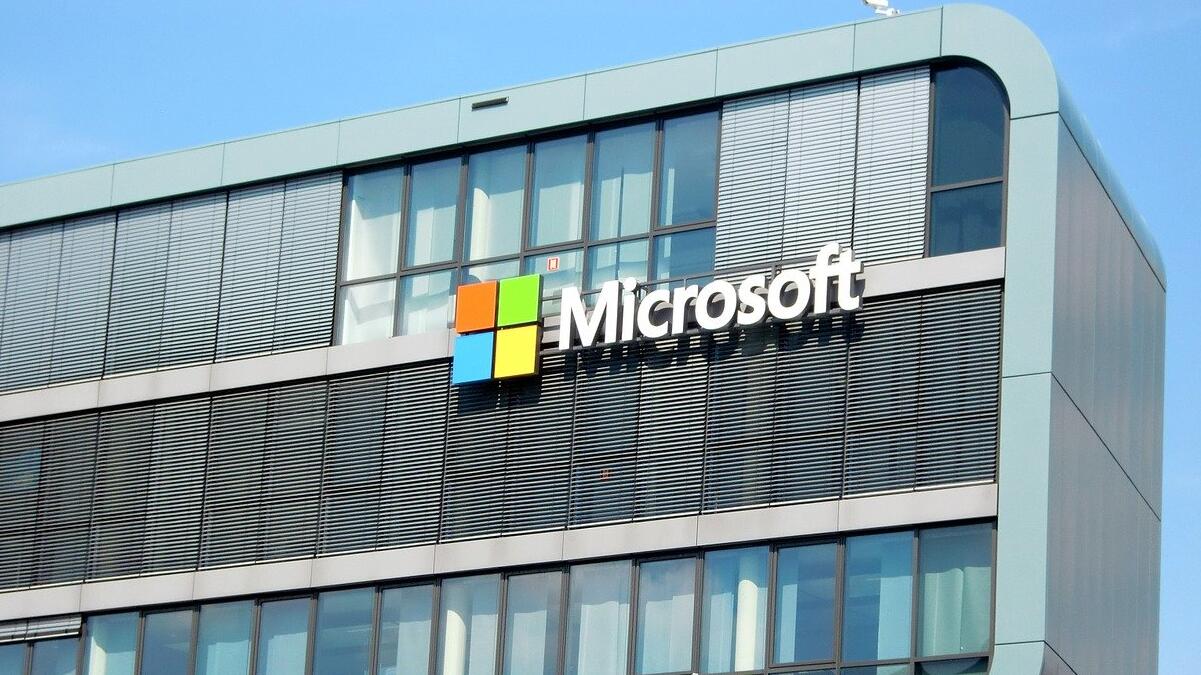 Policy & Regulation
Policy & RegulationMicrosoft details long-term plan for becoming carbon negative
Summary
Microsoft executives announced plans today for the company to become carbon negative by 2030 and then by 2050 to remove all the carbon from the environment that Microsoft has emitted directly or through electrical consumption since it was founded in 1975. Microsoft president Brad Smith said that the company has been working for months on a detailed plan to achieve the new carbon negative goals. Smith said that Microsoft will take responsibility for all the companys emissions so that by 2030 it can cut them by more than half and remove more carbon than the company emits each year. Microsoft launched a new tool today called the Microsoft Sustainability Calculator that analyzes the estimated emissions from
from Azure services through a Power BI dashboard. In addition, Microsoft started a new 24/7 matching solution with Vattenfall to help customers choose renewable energy, Ensuring effective transparency. Microsoft says it will publish an annual environmental sustainability report that provides transparency on the United Nations 1.5-degree Business Ambition Pledge. The company will support new public policy initiatives to accelerate carbon reduction and removal.
Open full article
Microsoft details long-term plan for becoming carbon negative
Microsoft executives announced plans today for the company to become carbon negative by 2030, and then by 2050 to remove all the carbon from the environment that Microsoft has emitted directly or through electrical consumption since it was founded in 1975.
“Neutrality is not enough. We have to get ourselves to net zero,” Microsoft president Brad Smith said during a live webcast from the Redmond campus this morning. He was joined by chief executive officer Satya Nadella, chief financial officer Amy Hood, and chief environmental officer Lucas Joppa.
Smith explained that, because carbon persists for so long, Microsoft is doing the equivalent of going back in time to remove historical emissions. He added that the company has been working for months on a detailed plan to achieve the new carbon negative goals.
Here are the seven principles that the company’s leadership says will be vital for becoming carbon negative:
- Grounding in science and math. Microsoft plans to continually ground its work in the best available science and most accurate math. “Like most carbon-neutral companies, Microsoft has achieved carbon neutrality primarily by investing in offsets that primarily avoid emissions instead of removing carbon that has already been emitted. That’s why we’re shifting our focus,” Smith said.
- Taking responsibility for our carbon footprint. Microsoft will take responsibility for all the company’s emissions so that by 2030 it can cut them by more than half and remove more carbon than the company emits each year. “Microsoft will form its carbon removal portfolio annually by assessing negative emission technologies (NET) attributes pertaining to four criteria: scalability, affordability, commercial availability, and verifiability,” Smith said.
- Investing for new carbon reduction and removal technology. Microsoft will deploy $1 billion of its own capital in a new Climate Innovation Fund. Smith noted that the capital will primarily be deployed to accelerate ongoing technology development by investing in project and debt finance, and to invest in new innovations through equity and debt capital.
- Empowering customers around the world. Microsoft will develop and deploy digital technology to help its suppliers and customers reduce their carbon footprints. The company launched a new tool today called the Microsoft Sustainability Calculator that analyzes the estimated emissions from Azure services through a Power BI dashboard. In addition, Microsoft started a new 24/7 matching solution with Vattenfall to help customers choose renewable energy.
- Ensuring effective transparency. Microsoft says it will publish an annual environmental sustainability report that provides transparency on the company’s progress, based on strong global reporting standards. Smith said that Microsoft also signed the United Nations’ 1.5-degree Business Ambition Pledge today.
- Using Microsoft’s voice on carbon-related public policy issues. The company will support new public policy initiatives to accelerate carbon reduction and removal opportunities. One of the public policy issues is the use of market and pricing mechanisms so that businesses can make more informed carbon decisions, Smith said.
- Enlisting employees. Microsoft recognizes that its own employees will be the company’s biggest asset in advancing innovation, and Microsoft will create new opportunities to enable them to contribute to these efforts. An expanded internal site where employees can learn more launched today.
“Reducing carbon is where the world needs to go, and we recognize that it’s what our customers and employees are asking us to pursue,” Smith said. “This is a bold bet — a moonshot — for Microsoft. And it will need to become a moonshot for the world.”
Author: Alyssa Danigelis
Image credit: Pixabay
This article is published under Creative Commons license and was originally posted on Energy+Environment Leader.



